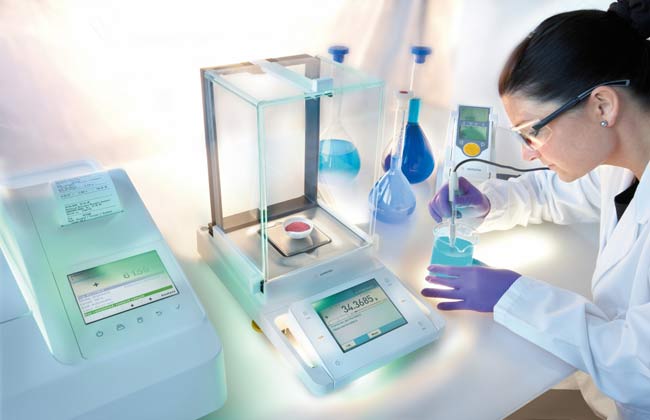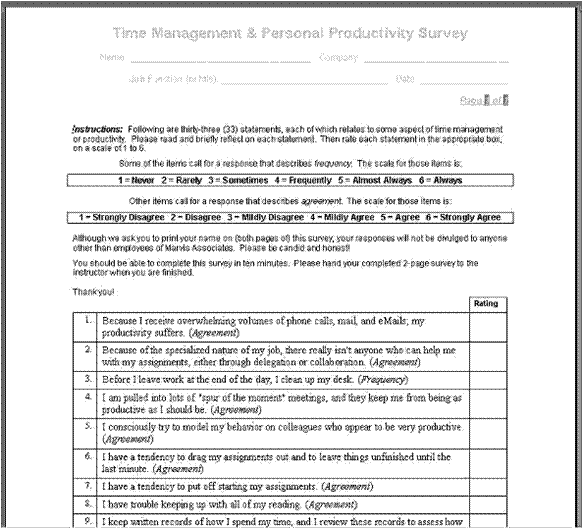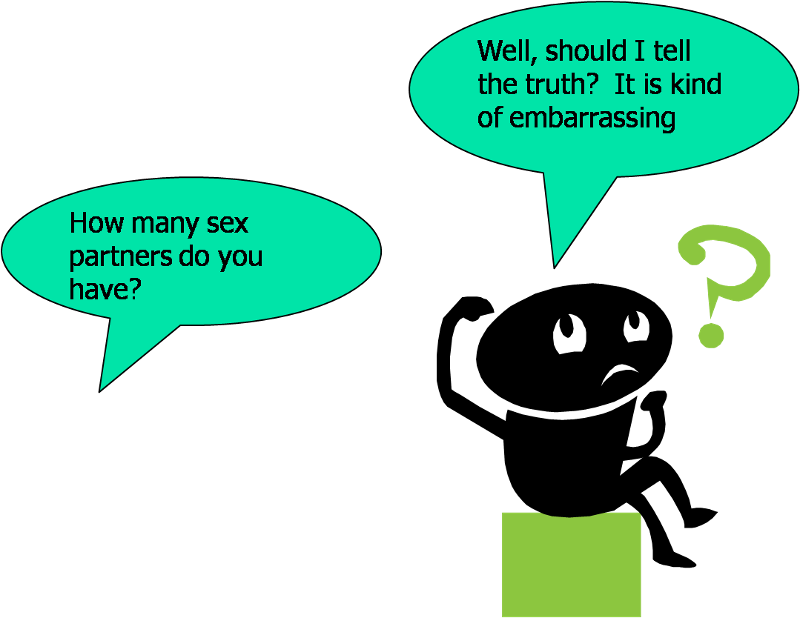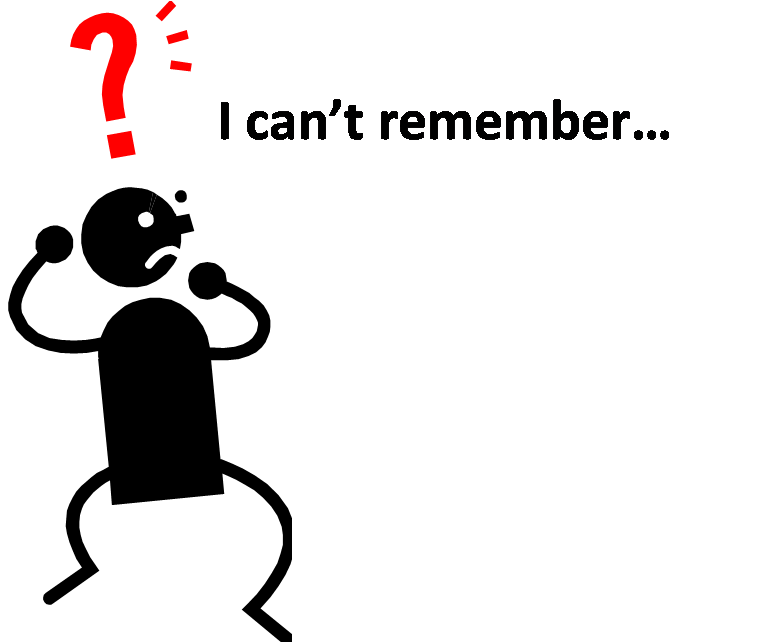Measurement Bias
Once you have a sample of subjects, you must measure your variables of interest. This can be very simple or quite complex. No measurement is perfect, and efforts must be taken to minimize error. If no error occurs, then your data will reflect the reality that is happening in your sample. If error occurs, your data will present a picture of reality that is different from what is truly happing in your sample.
Instrument bias
Instrument bias results from imperfections in the instrument or method used to collect your data. For example, in analyzing for pesticides in water samples taken from the stream, a fairly complex process may be required to extract the pesticides from the water and then analyze them. Errors in the extraction process can cause loss of some pesticide. Equipment must be regularly maintained and calibrated. Failure to do this can produce results that are either too low or too high.

Similarly, the survey instrument used to collect information on student's beliefs about tobacco companies may be biased. A concept such as "the truthfulness of tobacco companies" is complex. What are the appropriate questions to ask to accurately assess this? On what sort of scale should responses be taken? The validity of data collection instruments is a common source of uncertainty in interpreting research involving humans.

Researcher bias
Researcher bias can be introduced when the researcher's judgment is involved in the measurement process. For example, if one is studying the relationship between marital status and depression, a doctor may be required to make the diagnosis of depression. If the doctor is also aware of the patient's marital status, this knowledge may influence the doctor's judgment. For this reason, a "blind" research format is sometimes used, where the doctor is kept unaware of possible causal factors (such as marital status) and perhaps even the entire purpose of the research study, when making the diagnosis.

Respondent bias
Respondent bias can result when the respondent is motivated to answer in any way other than the truth. For example, if the respondent feels ashamed of the truthful answer, they may answer untruthfully. This is particularly problematic with topics such as sex or drug use. The respondent may also answer untruthfully if they believe one answer is preferred by the researcher.

Testing bias
Testing bias occurs when the very act of studying subjects changes their reality. The most famous example of this is known as the Hawthorne Effect - named for the Western Electric Hawthorne Plant in Chicago where research was being conducted on various management practices and subsequent worker productivity. It was found that worker productivity improved in all groups, even where management practices were not changed. The reason is that the very act of studying the workers made them feel that management was interested in them and they became more satisfied with their jobs - working more productively. Testing bias is a common concern in pretest/post-test studies, where taking the pretest may alter a subject's interest in the topic, altering their subsequent results on the post-test.
Recall bias
Recall bias may occur when subjects are asked about past events. Subjects may have either imperfect recall, resulting in random errors (see below), or be more likely to provide a particular response (systematic recall bias). An example of random recall bias might be the amount of liquid consumed each day in a study of the relationship between daily liquid consumption and blood pressure. People's recall for their liquid consumption may high or low with equal likelihood. An example of systematic recall bias suggested by Rothman (1986) could occur in a study of birth malformations and their possible link to maternal medical or chemical exposures during pregnancy. Mothers who have had a malformed baby may have spent a lot of time thinking about prenatal exposures and therefore be more likely to recall them. Thus, a finding that mothers who had malformed babies were more likely to have prenatal exposures may be due solely to their greater ability to recall these exposures.

Measurement Bias Evaluation Worksheet
The following are a list of questions that help us work through potential measurement bias in a study:
Measurement Bias - do the data from the subjects accurately reflect their reality?
- What are the key variables measured?
- How did the authors collect data about these variables from their subjects?
- If the subjects are human, is there any reason to believe they might not provide fully truthful answers (recall bias, respondent bias, etc.)?
- Is there any reason to believe the investigators might have a distorted perception of the subject's responses?
- Is there any other reason to believe that a measurement could produce an erroneous result? (explain)
Overall assessment of measurement bias: _____ Low _____Moderate ____High
Explain: